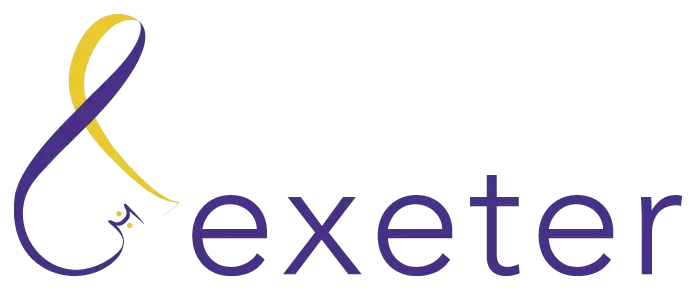The Death of the PDF?
The portable document format as it is widely known is the most important format when it comes to publishing. The arrival of the PDF to the author’s desk is much like the arrival of a baby, an important milestone. A painting is never complete without the frame and the PDF serves as just that, it frames the picture and makes it real for the artist and their audience!
The creation of the PDF format was quite transformative for the publishing world. Publishing for the longest time was about typeface on paper and you were never done till you reached that point. With the arrival of the PDF, the author or the reviewer received a preview of the final work and were able to resolve any glaring issues before the book hit the press. The onset of the internet brought in a new era where ePublishing or publishing online became widespread. You no longer had to buy a printed book, you could just download the PDF and view it on your computer or your mobile device. A flavour called the ePub was developed for a better reading experience on smaller screens but the PDF still rules the roost.
While the PDF is ubiquitous, there are several reasons to consider an alternative. Due to its very nature, the PDF is an open format and can be freely shared. DRM features are available but they are easily disabled. Once a PDF is available, the “Robin Hoods of knowledge” freely share the information short-circuiting the revenue cycle for the author and the publisher. Sci-Hub, the self proclaimed “first website in the world to open mass and public access to tens of millions research papers” has proved just that.
The second reason to look elsewhere is that the PDF no longer contains all the information necessary to explain the concept to the reader. It is now possible to include author commentaries, videos and external simulations and datasets to provide a complete picture. The PDF is very efficient at presenting text and images but not much of anything else at this current moment.
The final reason is that the PDF is considered final and set in stone. It mimics the final product in its permanence. So much is changing in today’s world that many advancements are outdated within days of publication. The publication itself needs to be considered like a living organism that can be contributed to or adapted to better reflect the advancements that occur. It also provides the opportunity to give the reader a relevant experience at all times no matter when they bought the book by keeping it up to date.
Recent advancements in HTML and its ability to mimic the PDF in layout and presentation while retaining all the features that make it dynamic and responsive make it a very strong candidate. It allows the publisher to retain strong control on who can access the content and what parts they can access. It provides access to rich content and allows the user to customise their reading experience. The quantum leap in internet speeds now enables the access of content anywhere across the world through a mobile device. It also allows a PDF to be generated if needed for print purposes. Effectively, in this new world, the PDF becomes an afterthought rather than the final deliverable.
Could this happen? Will the PDF become irrelevant in publishing? Will the author accept a world without PDFs? Only time will tell. Publishing has long known to be slow to change but I believe that the industry needs to take a long, hard look at the future and not be afraid to take some bold steps. Now let me get back to the future and enjoy my good old printed book.


